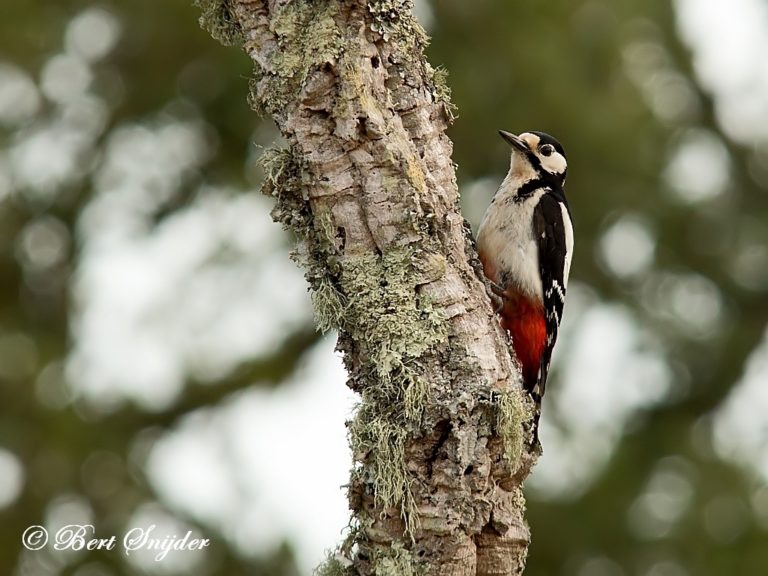

The fairies of Wales may be divided into five classes, if analogy be not too sharply insisted on. Yet it is perhaps as satisfactory as another. How entirely arbitrary this division is, the student of Scandinavian folklore at once perceives. Keightley divides into four classes the Scandinavian elements of popular belief as to fairies, viz. To secure the maximum of system, for the sake of the student who employs the work for reference and comparison, with the minimum of dullness, for the sake of the general reader, is perhaps the limit of a reasonable ambition. In presenting his subjects, therefore, the writer in this held can only govern himself by the purpose of orderly arrangement. Even in the largest sense, comparative mythology must demean itself modestly in order to be tolerated in the severe company of the sciences. General Designation-Habits of the Tylwyth Teg-Ellyllon, or Elves-Shakespeare's Use of Welsh Folk-Lore-Rwli Pugh and the Ellyll-Household Story Roots-The Ellylldan-The Pooka-Puck Valley, Breconshire-Where Shakespeare got his Puck-Pwca 'r Trwyn-Usual Form of the Pooka Story-Coblynau or Mine Fairies-The Knockers-Miner's Superstitions-Basilisks and Fire Fiends-a Fairy Coalmine-The Dwarfs of Cae Caled-Counterparts of the Coblynau-The Bwbach, or Household Fairy-Legend of the Bwbach and the Preacher-Bogies and Hobgoblins-Carrying Mortals through the Air-Counterparts and Originalsįairies being creatures of the imagination, it is not possible to classify them by fixed and immutable rules In the exact sciences, there are laws which never vary, or if they vary, their very eccentricity is governed by precise rules. Sacred Texts Sagas and Legends Celtic Index Previous Next

British Goblins: Welsh Folk-lore, Fairy Mythology, Legends and Traditions: Chapter II: Classification of Welsh Fairies


 0 kommentar(er)
0 kommentar(er)
